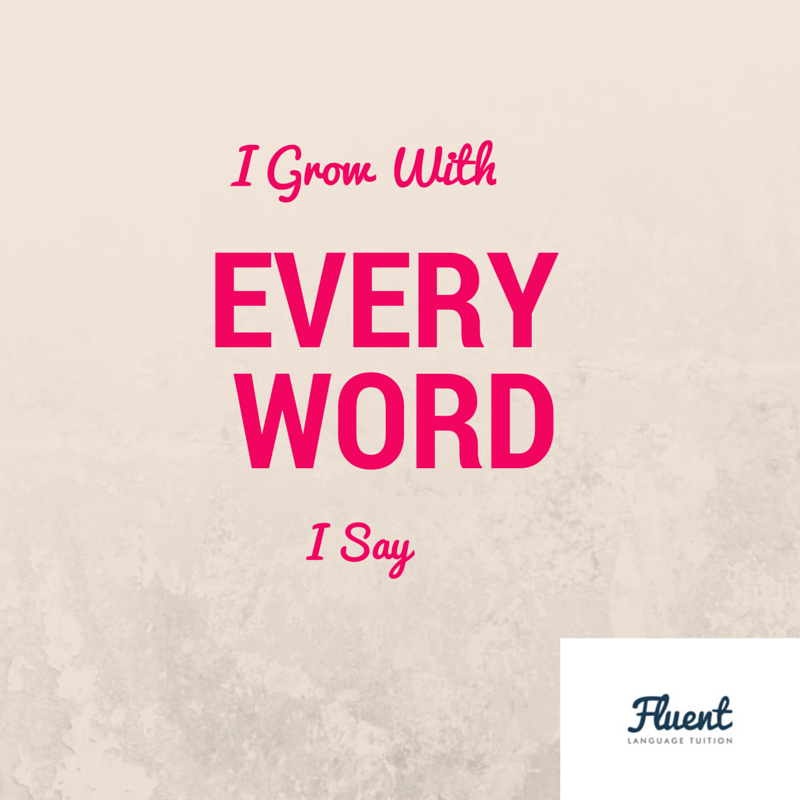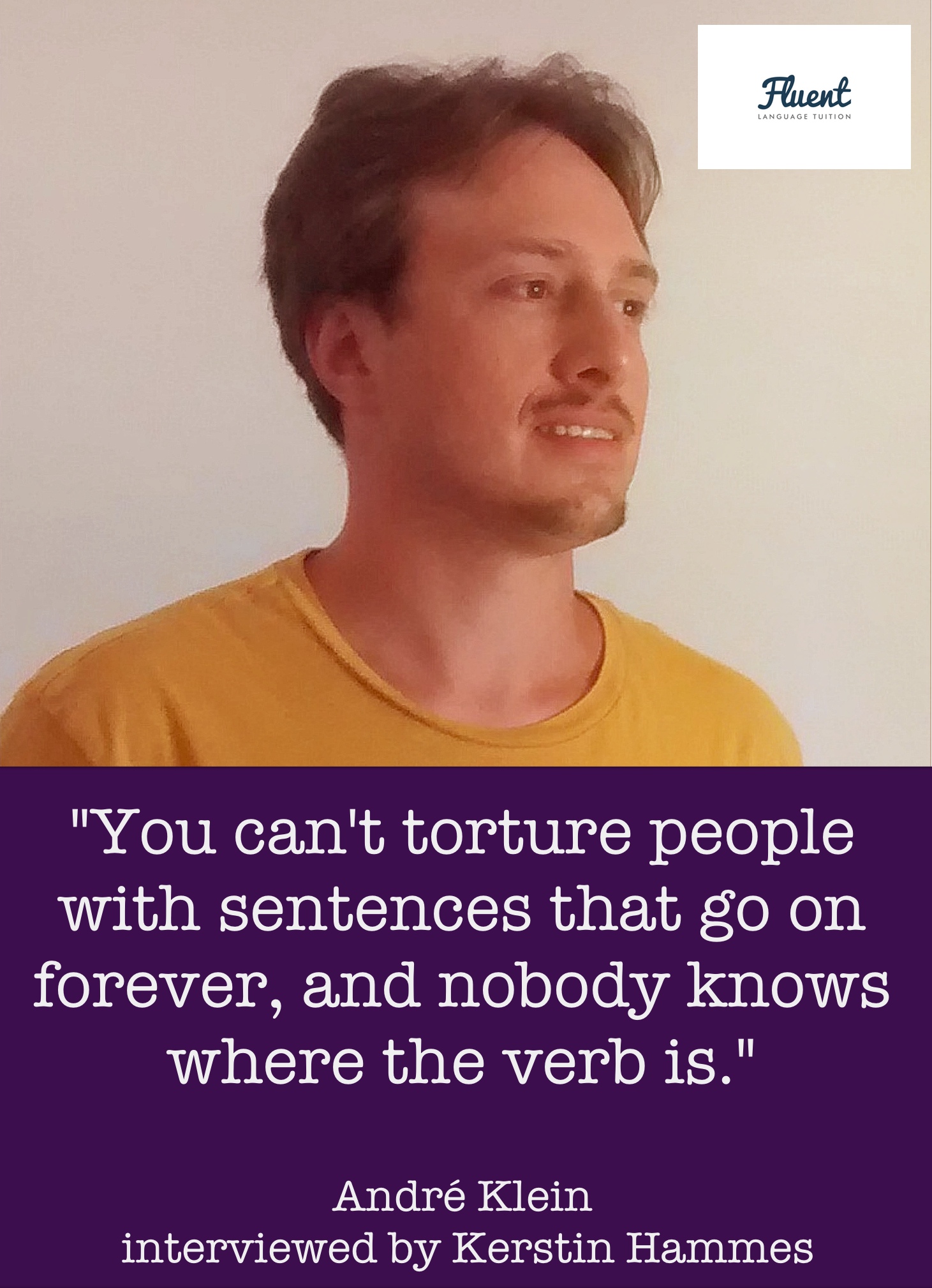The Place of Travel Talk in Language Learning
As a blog that is mostly dedicated to language learning, I usually stay away from outright travel tales. It's important to encourage language learners out there that you can totally do this without ever leaving your town. But at the same time, language and travel have the same goal. They're about opening doors and showing us what's out there in the world. Most of us language learners are motivated by the thought of going to new places and meeting new people. And as an experienced traveller, I've got a few stories I can share. Today I'm kicking off the travel tales with my tips on train travel across my continent.
Train Travel...
In the age of high-speed everything, you'll likely tell me that there's no reason to spend 20 hours on trains when you can just fly to the same place in half the time. Train travel is slower and more expensive than flying. I've heard all that. But every now and then when you take a sip of the tea you made at home (no liquids restrictions) and enjoy a view of a carnival parade or lovers' argument on a platform, you realise what makes the train so special.
Train travel can be romantic, relaxing and enjoyable. So today, I want to share some tips with you on how to get a good deal and make your journey in record time. My own trip from Lancaster to my German village was done in only 13 hours this year - counting door-to-door this rivals air travel quite closely. To get a great trip like that organised, here are the essentials:
How to Book a Train Across Europe
You can read about any country's detailed booking process on the amazing Seat 61 website. For this article, I will focus only on the countries regularly involved in my own journeys: UK, Belgium, Luxembourg, Germany, France. All of these four countries except the UK have national rail companies, making it easier to get yourself booked onto their journeys. They are Belgian Rail, CF Luxembourg, Deutsche Bahn and SNCF. Within the UK, you will have to book a ticket with a local provider, but those are easily found through ticket vendor sites like National Rail.
Easiest Booking Process
Here is the booking process that I have established over the past years. It's pretty reliable and allows you to book from anywhere.
Step 1
Look up your best connection through Deutsche Bahn. Their trip planner won't sell foreign tickets, but the connections it brings up are really reliable and it's seemingly got access to all of Europe's connections.
Step 2
Get train prices. You book a large chunk of your journey as a connected ticket through Eurostar or the SNCF Rail Europe site. The site will want to sell you tickets in your own currency, which means you may miss out on better rates. Here's a link to its UK-focused site.
Step 3
To make sure you are getting the best rates, look up individual ticket prices with each provider separately. This means opening a few tabs in your browser and keeping an eye on the running total of your costs, but it can save hundreds. I use the following websites when I'm doing this:
If there is no significant advance booking discount to be had, I often buy my tickets on the counter just before I hop on the next train.
Step 4
Before you make your final purchase, look into getting discounts such as Interrail cards, the German Bahn Card or the British Young Person's Railcard. Each of these cards costs money at the start, but usually pays for itself within 1-2 journeys.
For Visitors to Belgium
If you're making a journey from the UK to or from Belgium, consider buying a ticket that includes same-day travel to "any Belgian station". These can be booked through the Eurostar website and might save you both money and hassle. The train conductors are surprisingly well informed when it comes to knowing where exactly the Belgian border ends and will happily sell you a supplementary ticket.
For example, travelling from Brussels to Luxembourg, this ticket will pay you up all the way to Arlon. When you travel from Brussels to Cologne, your border station is Aachen Süd.
Tips for Your Travel Day
Train travel can be a pain at times, so ensure that you are taking a few steps to make your journey as fun as possible.. If you are spending a full day on trains, make sure that you have allowed enough time to make your connections. Allow for at least 20 minutes of connection times, and take advantage of your train manager - if your train is running late and you're worried about missing a connection, they can often help out by notifying the train you are connecting to or giving you a "hop onto the next one" stamp.
Overall, it pays to be flexible. Trains will be late, missed, cancelled. No one really travels three or more countries by train for the sake of efficiency, so instead make sure you have allowed plenty of time and a bit of budget in case you have to stay over somewhere last minute.
Eating
It may also be worthwhile to plan to eat in the buffet car (I recommend the German ICE for this) or book first class travel, because when you are lucky, you only pay £20-£40 more. Half of this cost will pay for itself in all the free water, wifi and food that first class entitles you to (Virgin Trains are the best providers here). Without planning your food breaks, you may find that your 40 minute connection time has been shredded to bits by a late arrival, and run around scrambling to find a muesli bar.
And finally, a Note for Language Learners







